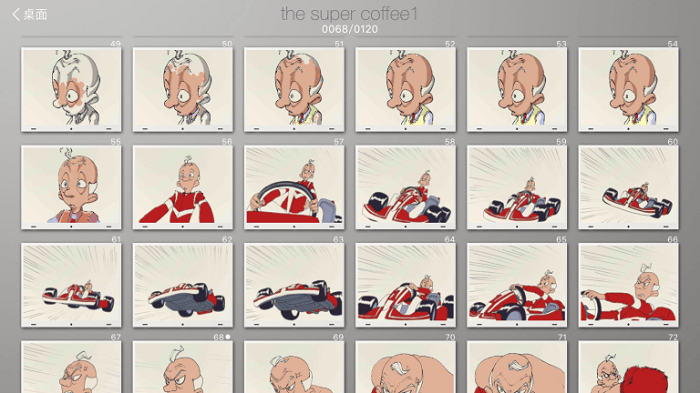 Basil Chen (Po-Chung Chen) is an animator and storyboard artist in China, as well as the winner of the iAniMagic animation contest in 2016 and 2015. He has worked on many films and animation projects; including the famous motion picture, Monkey King: Hero is Back. In this interview, he shares his insights on the animation industry in China.
Basil Chen (Po-Chung Chen) is an animator and storyboard artist in China, as well as the winner of the iAniMagic animation contest in 2016 and 2015. He has worked on many films and animation projects; including the famous motion picture, Monkey King: Hero is Back. In this interview, he shares his insights on the animation industry in China.
What led you to become an animator?
I have always been a fan of comics and animation. When I was about 11 or 12 years old, I learned from a TV show that the Communication University of China had an animation program. I was determined to go there and study animation one day. I can’t believe I actually made it!
What kind of animation interests you?
I have a broad taste in animation. If I have to pick one, I will say the comics that describe people’s passion. I like the vibrancy in these stories and how it makes the passion contagious.
Can you tell us about your recent projects, and the roles you play in those projects?
Well, we tried to make a motion picture for a children’s book, but sadly we failed to get the copyright. I have been working on the new Kung Fu Bunny project. We need to create a couple of new characters, do storyboard testing, and also some frame structure of the scripts.
How do you plan the content for the local market in China? Can you share a few experiences?
When we were making the first season of Kung Fu Bunny, we held several movie trials on campus. We also sent out questionnaires to both adults and children, to gain some statistical background on audience demands. However, we positioned Kung Fu Bunny as a more international and family-friendly kind of animation – which should be acceptable by the market.

What are the biggest challenges for the animation industry in China?
Animation production techniques wise, I think the Chinese studios are just as good as their counterparts worldwide. In fact, it’s quite common that Hollywood film companies outsource the post-effect production to Chinese studios. Top animation studios like Pixar and Walt Disney set a pretty high standard for visual design, but I think we can catch up someday.
Compared to the studios mentioned above, I think the major problem in the Chinese animation market is that we lack good stories. The myth that animation is only for children still widely exists in China; hence the storylines are often simple, childish, and even illogical. The lack of good stories is the biggest challenge for us in the Chinese animation industry.
The negative stereotype about locally-produced Chinese animation is a drawback as well. There is more and more imported animation content in China, some of it being big-budget feature motion pictures. We need to work very hard to bring high-quality animation to audiences to replace that misconception.
Most people agree that Monkey King: Hero is Back is a big breakthrough for the Chinese animation industry, in terms of its marketing and aesthetic design. Can you share your experience of working on this project?
I only participated a little in its production. However, I think no matter which role you have in the crew, the ultimate goal is presenting the scene and spirits which exist only in the director’s head to the audience. I feel the director, Tian Xiao Pong, conveyed his ideas to us clearly and take good control of the production. He is very logical and easy to communicate with. When you have limited budget and time, making smart decision becomes very important. I’m honored to have joined the production.
How do you capture inspiration for character design and stories?
I believe art comes from everyday life. I record troubles and good things from my daily life and then add a little twist, exaggeration, or extend it a little bit to become a story. Thanks to technology and mobile devices it has become easier and easier to collect these ideas. Although, sometime I still use a traditional notebook.

You were the winner of the iAniMagic animation contest in 2015 and 2016, and a judge for the contest this year. Do you have any expectations of the submissions received?
Yes, I participated in the contest twice. You could say I’m addicted. I noticed that the rules have changed, and participants can create animation with any software. With this change I look forward to seeing more diverse works from Animation Desk and other software. I also expect to see submissions that exceed the quality of the previous years.

